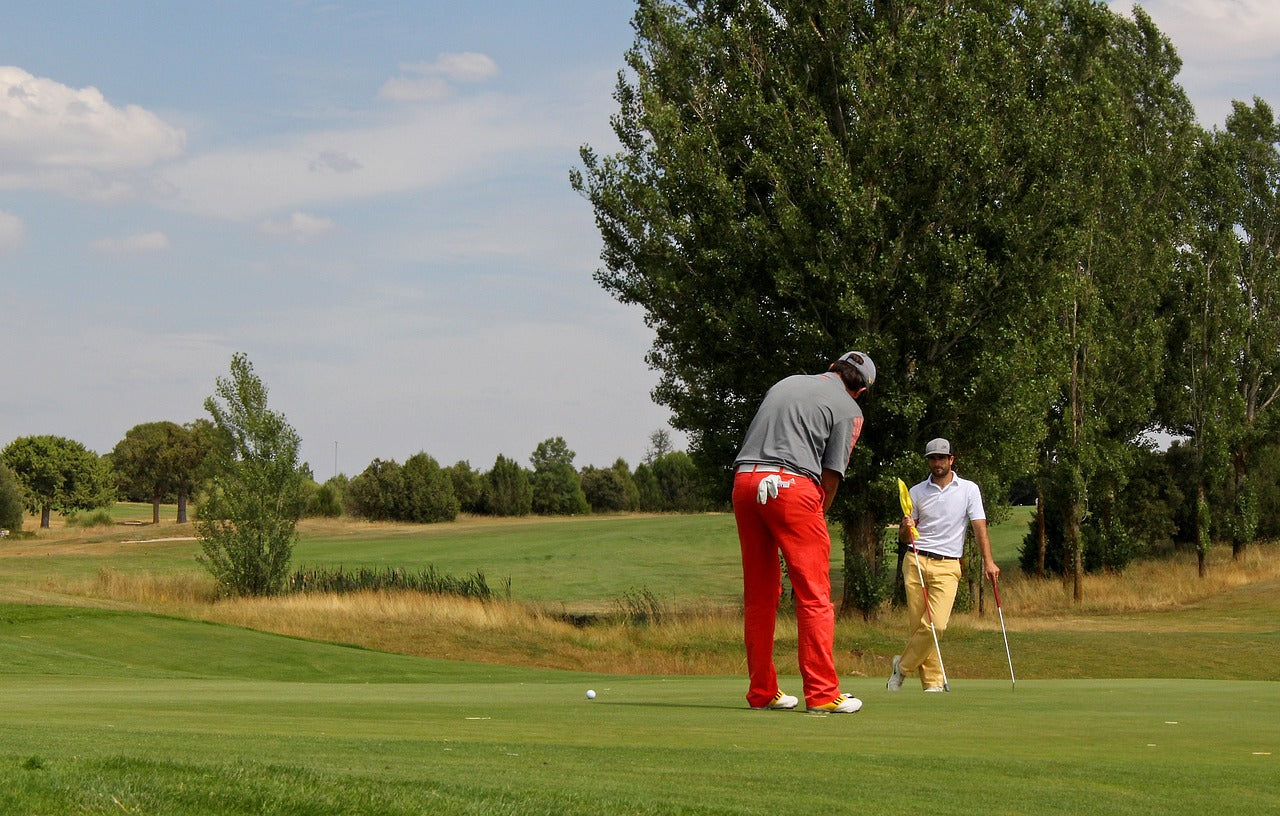Golf is an ancient game, reaching back to the Roman game of paganica which spread across Europe in the first century BCE. By the 15th century a game called “golf” emerged in Scotland, and it was immediately popular, so popular in fact that it was banned by King James II who felt golf was a threat to national security because it distracted his people from the practice of archery, a skill required for national defense, golf, not so much. James was right to be worried: today 40 million Americans play golf on 14,000 golf courses; by contract, there are only 7 million US archers.
Like King James II, not everyone is a golfer, but those who discover the game can get immersed in it. Since the game is infinitely perfectible, it becomes a lifetime pursuit. Yes, being outside has its appeal, and the company of other golfers can accommodate simple comradery as well as career.
But, really, it’s about “better.” Everyone wants to play better. Why else keep score? A big part of the appeal of golf is that better is easily measured and tracked as a score and a handicap index.
The focus on playing better golf has created entire industries: pros to teach, products to improve strength or swing, tech to keep track of it all.
One crucial aspect of improving one's golf game is core strength, which is fundamental to a powerful and consistent golf swing1,2. The core muscles, which include the abdominals, obliques, lower back, and hips, are responsible both for stabilizing the body and generating the rotational power needed for an effective swing. A strong core helps maintain balance, control, and precision, all of which are essential for lowering scores and improving overall performance on the golf course.
Improving core strength can be challenging. Traditional core exercises, such as planks, sit-ups, and Russian twists, require effort, time, and consistent commitment. These exercises are not only physically demanding but for many are monotonous, a combination that makes it difficult to stick with a regular core-strengthening routine. An additional disincentive is the time commitment in an already over scheduled life.
But here's a perhaps unfamiliar workaround: active sitting. Most ergonomic chairs are designed to minimize muscular effort by building in as many supports as possible: backrests, armrests, footrests, headrests, and the coup de grace, lumbar support. Sitting passively shuts off almost all muscular engagement and over time deconditions and weakens core muscles.
Active sitting, by contrast, incorporates a slightly unstable sitting surface that requires the body to make constant, small adjustments to maintain balance. These micro-movements engage the core muscles, helping to build strength and endurance over time. This approach not only improves core strength but also improves posture and reduces the risk of back pain, a common issue for many golfers. By engaging the core muscles continuously, active sitting provides a subtle, but powerful workout. Perhaps most importantly, by simply switching out one's "ergonomic" office chair for an active chair, golfers can incorporate core-strengthening exercises into their daily routine without the need for dedicated time or effort.
Can one hack one’s sitting time and convert it to conditioning time? Although it sounds too good to be true, active sitting is a simple yet effective way to enhance core strength and, ultimately, improve one's golf game without changing one’s routine beyond swopping out one’s old “ergonomic” chair for an active sitting alternative. By making this modest change golfers can work on their core muscles throughout their workday, building the strength and stability needed for a powerful and consistent swing on their weekends.
1 The effect of isolated core training on selected measures of golf swing performance
2Effects of core and non-dominant arm strength training on drive distance in elite golfers





Leave a comment
All comments are moderated before being published.
This site is protected by hCaptcha and the hCaptcha Privacy Policy and Terms of Service apply.